A gallery of VFA goalkicking greats, from Fred Cook to ‘Happy’ Hammond
The VFA’s 16-a-side rule made for fast, flowing and high-scoring football in the 1970s and ‘80s — and each team seemed to have a spearhead who could boot 10-plus goals while hardly raising a sweat. We’ve profiled some of the best goal kickers.

Local Footy
Don't miss out on the headlines from Local Footy. Followed categories will be added to My News.
Tom Papley and Charlie Dixon lead the AFL goalkicking with 15 after seven rounds.
Pardon? Fifteen goals?
As Box Hill Hawks official John Ure points out, 15 goals was a nice afternoon’s work for a top goalkicker in the VFA in the 1970s and ‘80s.
With 16-a-side football producing open and free-flowing football and placing an emphasis on scoring, there were goals galore and each team seemed to have what was commonly referred to as a “spearhead’’.
Supporters could turn up to a game expecting to see a bag kicked at both ends.
As a Box Hill Mustangs supporter, Ure watched mainly Division 2, which had prolific goalkickers in Yarraville’s Mark Fotheringham, Mordialloc’s Peter Neville and Camberwell’s Gary “Happy’’ Hammond.
“The ball used to fly from one end to the other, and the good full forwards could get one-out with the full backs and kick bags,’’ Ure said.
“I was weaned on football when, even if your team lost, it generally kicked 18 or 20 goals and you had something to cheer about. I can’t get my head around modern football now when 10 goals is a winning score. It’s so far away from the great game that I grew up to love.’’
Box Hill battled in Division 2 for a long time but as it improved it had excellent forwards in Paul Bolton (340 goals from 99 games) and Dale Carroll, who slotted 110 goals in the premiership season of 1984, including 10 in the grand final against Oakleigh.
Carroll remains the club’s only century goalkicker.
Here are some of the best VFA full forwards from the 1970s and 80s.
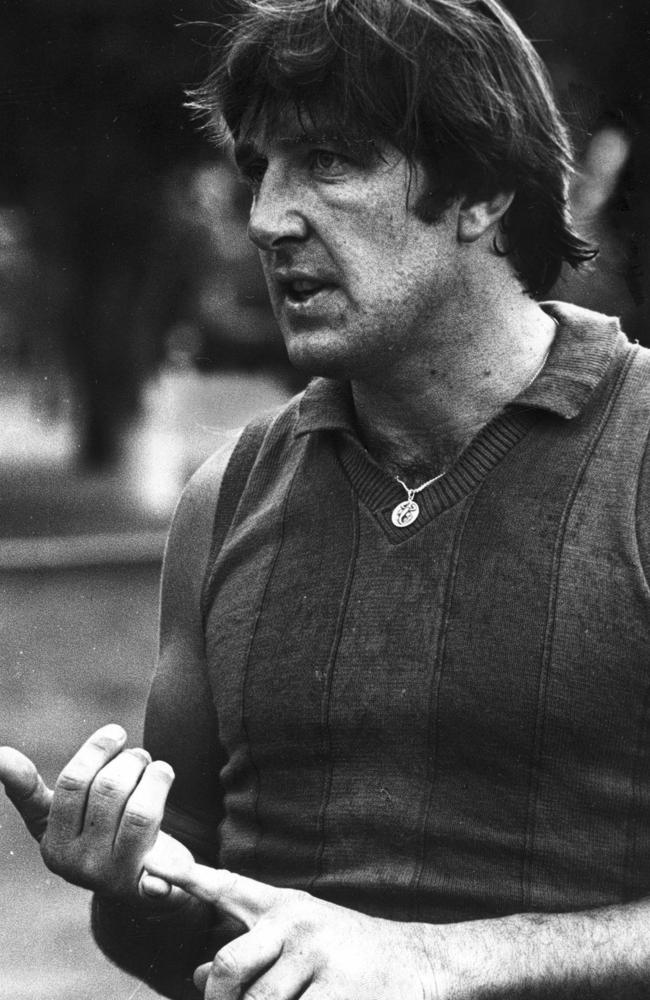
Fred Cook (Yarraville/Port Melbourne/Moorabbin)
The most prolific and charismatic of them all. Cook had a good league career ahead of him at Footscray, but fell out with the administration and took off for Yarraville in the VFA. He won the 1970 JJ Liston Trophy, but the Eagles were relegated and Cook signed at Port Melbourne in 1971. By the time he finished with the Borough midway through the 1984 season he had attained the profile of a star league player, holding down newspaper, radio and TV roles. But goals were his real business and he kicked 1236 of them for Port, winning 11 club goalkicking awards, playing a record 253 games and featuring in six premierships. He led the VFA goalkicking in 1976, 1977, 1978, 1980 and 1982, and topped the ton seven times, his best haul of 139 coming in 1982 as he neared his 35th birthday. Cook signed off from the association with a 72-goal season (giving him 1336 in his VFA career) for Moorabbin in 1985. By that time the affable operator of the wildly successful and unmistakably saucy Station Hotel in Port Melbourne was keeping bad company and had developed the drug problem that inevitably led him to prison. His former Port teammate “Buster’’ Harland once described him as “the best player who ever played VFA football’’. “He was a good mark, a shit kick, but he got the ball that many times it didn’t make any difference,’’ he said. Cook is now 72, has recovered from a stroke and is living quietly in regional Victoria.
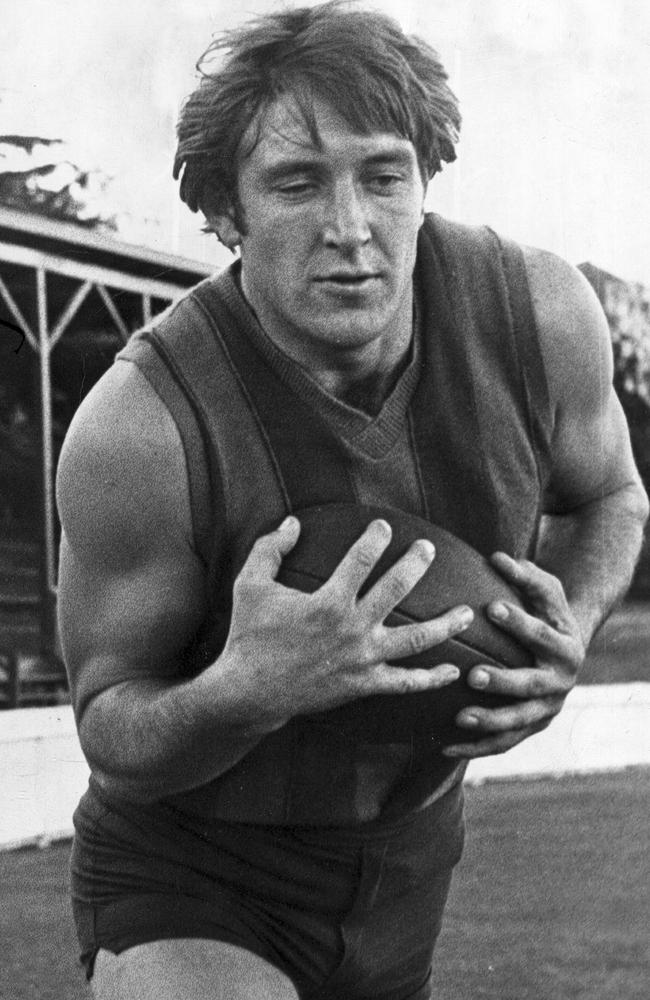
Jim “Frosty’’ Miller (Dandenong)
Like Cook, Miller played a bit of league football — 11 games for Carlton — before making his mark (and taking many a mark!) on the association. His goalkicking made him enormously popular in Dandenong and also Gippsland; supporters from the country liked to take a trip to town on Sundays and watch Garfield boy “Frosty’’ fill his bag with goals. In Dandenong bingo halls they used to say “Frosty Miller’’ whenever the number 15 was called. He was the association’s leading goalkicker in 1968, 1969, 1970, 1971, 1973 and 1974, kicked two centuries and finished with 883 goals from 183 matches. The VFL names its goalkicking medal after “Frosty’’, who after retiring from the VFA had a stint at Berwick and in one season kicked 202 goals.

Mark Fotheringham (Yarraville/Williamstown)
As a Yarraville Eagle and then a Williamstown Seagull, Fotheringham soared to rare goalkicking heights. Recruited from Aberfeldie, where he played in a senior premiership before he had a driver’s licence, Fotheringham joined Yarraville in 1978 and became its first century goalkicker with 105. He followed up with 133 in 1979, including 16 in a match against Werribee. He crossed to Division 1 Williamstown in 1982 and in each of his six seasons at the Towners led the goalkicking, recording centuries in 1983 (108), 1984 (114) and 1985 (106). The best and fairest in 1982 and a premiership player in 1986, he amassed 571 goals from 101 games to go with his 357 for Yarraville. All up he had 928 goals from 174 matches, putting him fourth on the overall list. Willy named him in their team of the century and now name their goalkicking award after him.
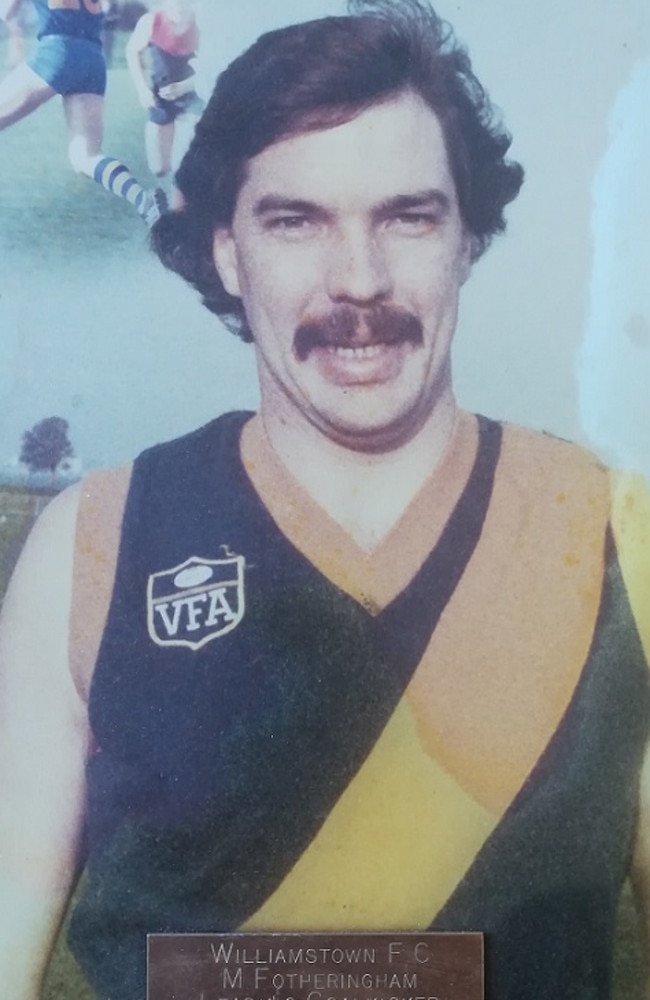
Rino Pretto (Camberwell/Coburg/Oakleigh/Dandenong)
Pretto played one league game for Fitzroy and kicked one goal. He played 220 games in the VFA and booted 1070 goals, most of them at Oakleigh, where he went in 1984 after stints at Camberwell and Coburg. Pretto had been a full back until he joined the Division 2 Oaks. Coach Paul Callery decided to move him forward and he was a formidable opponent for defenders: he was Superman-strong, a safe mark and an accurate kick. His golden season came in 1985 when he totted up 170 goals. Another big century (151) came in 1986, including a bag of 20 against struggling Mordialloc. Pretto finished his long career at Dandenong, where, even though he was well past 30, he was a trusty target, kicking 86 goals in 1993 and 87 in 1994 (including his 1000th, against Preston at Creamer St). He liked to celebrate a goal with a “moose call’’ and it was heard around VFA grounds often.
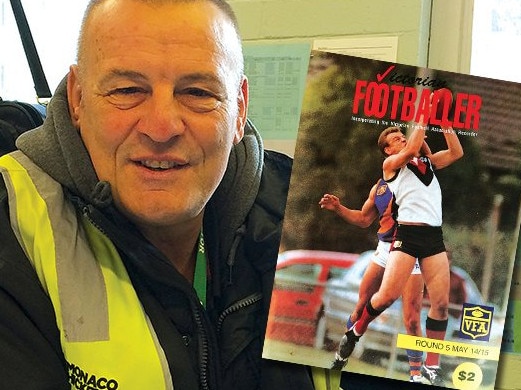
Joe Radojevic (Geelong West)
Overlooked even for the supplementary list after doing well for Geelong’s reserves in 1973, Radojevic crossed to Geelong West. In his first full season for the Roosters, 1975, he kicked his way to the top of the Division 1 goalkicking list, his return of 119 better than Fred Cook’s 108. It was the only time he reached the century but he gave it a shake in 1979 when he shared the association award with Prahran’s Kim Smith on 97. Taking pride in his accuracy — he felt he was letting down the teammates who delivered the ball to him if he missed — he booted 723 goals from 158 matches. Radojevic was for many years a schoolteacher and is retired and living in Ballarat.
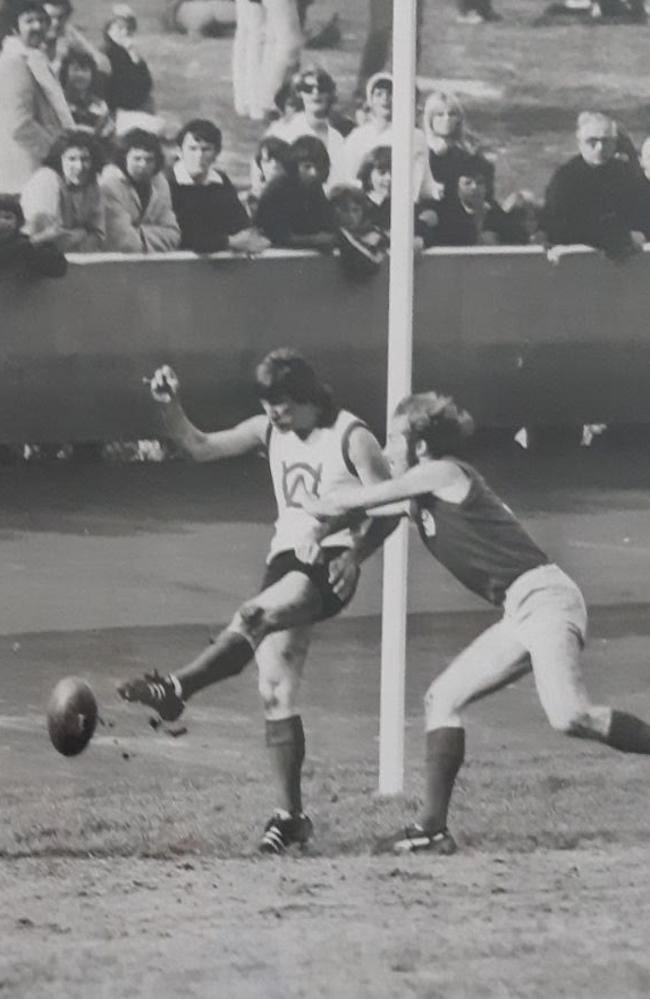
Peter Neville (Sandringham/Mordialloc)
It’s fair to say Neville lacked the physical dimensions of a champion forward. He stood only 5’11 and carried a bit of weight. His nickname was “Fats’’. But he was a towering figure when it came to goalkicking. Timing his leads, wrestling for front position and rarely straying too far up the ground, he marked everything kicked to him and nailed 725 goals from 127 games for the Bloodhounds. “He never jumped off the ground, but once he got his hands on it he never dropped it,’’ club great Billy Lang said. Neville first came to notice by stacking up 186 goals for the East Sandringham Under 17s in 1972. He joined Sandringham Under 19s and became the first player to kick a century of goals in the VFA thirds. The following season he slotted 106 goals in the reserves. But he struggled for opportunities at senior level in 1975 and took off for Mordialloc the following year. In his first season with the club he became the first Mordi player to top the ton, finishing with 136. He booted 136 goals in 1979, 95 in 1980 and 135 in 1983. Neville liked to have a few stubbies on the night before a game, and his prodigious goalkicking entitled him to have a few more after it.
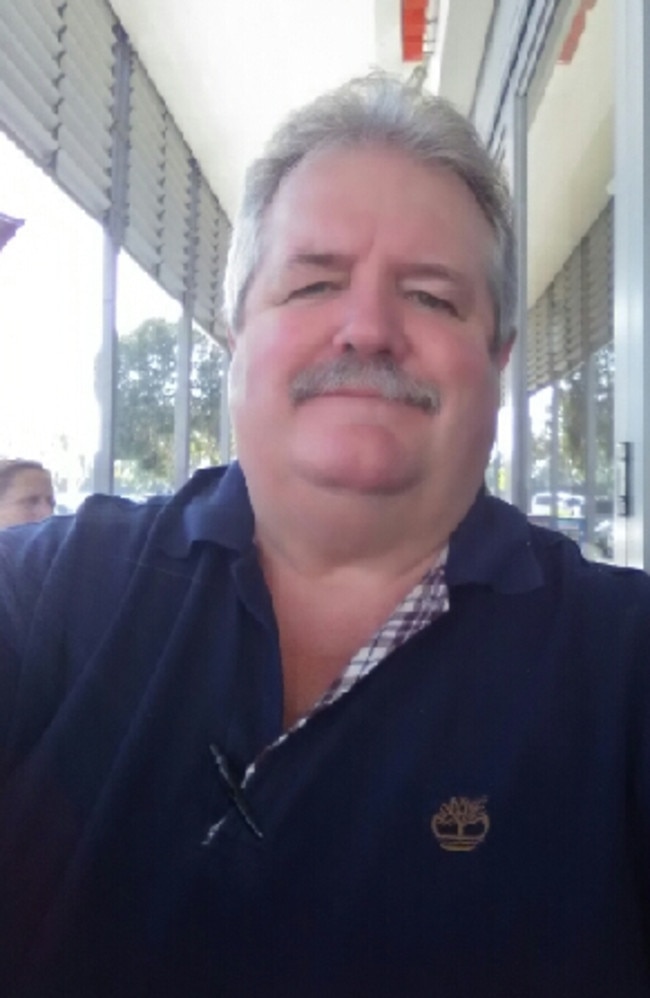
Jamie Shaw (Preston)
“Spider’’ played for the Bullants and there were few more popular players at Cramer St than the full forward who paraded a few tattoos and liked to puff on a cigarette during the quarter breaks. Shaw’s first full season in the VFA, 1985, brought him 106 goals and he did even better with 145 the following year. That season he raised his century in spectacular style, booting a club-best 18 against Camberwell. Fitzroy came calling — “Young VFA sensation Jamie Shaw has been earmarked to succeed Bernie Quinlan as Fitzroy’s chief goalkicker’’, the Sun reported — and on debut he kicked five goals from six kicks. But the Lions believed Shaw lacked the discipline to play at the highest level. He disagreed. He had only one more game at senior level and by 1988 was back with the Bullants. “I wasn’t happy there and I didn’t feel like I was getting a fair go,’’ Shaw said. “So I thought I’d come back and play where I enjoy it a bit more and have a game with my mates.” More tons came in 1988 (105) and 1990 (103), and by the time he finished he had 673 goals from 126 games for Preston. Shaw was later a prominent goalkicker in suburban and country ranks.
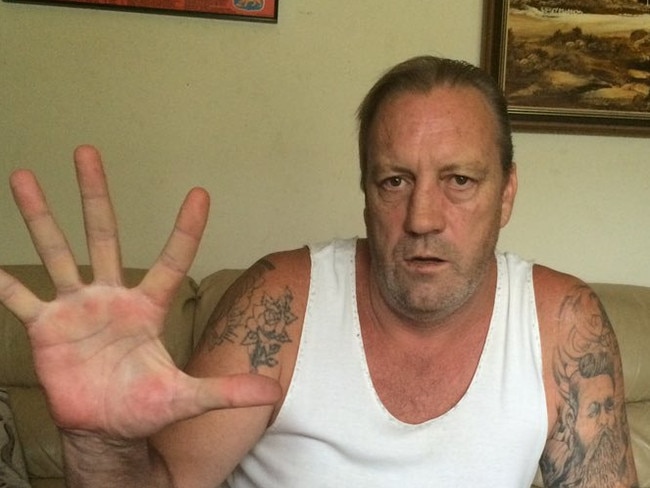
Gary Hammond (Camberwell)
Everyone called him “Happy’’, and he made Wellers supporters extremely happy with his thrilling high marking and efforts in front of goal in Division 2. On the small side for a full forward, his 162 games produced 698 goals and he was at his most prolific in 1975 (112 goals), 1976 (120) and 1977 (128). “The most exciting player that I played with was Gary Hammond,’’ former Camberwell player Terry Wallace declared last year. “Gary Hammond was a better mark than Peter Knights, a more spectacular mark than Peter Knights, and Peter Knights is comfortably the most spectacular mark I’ve seen in my time in AFL footy.’’ Hammond figured in Camberwell’s 1979 and 1981 premierships.
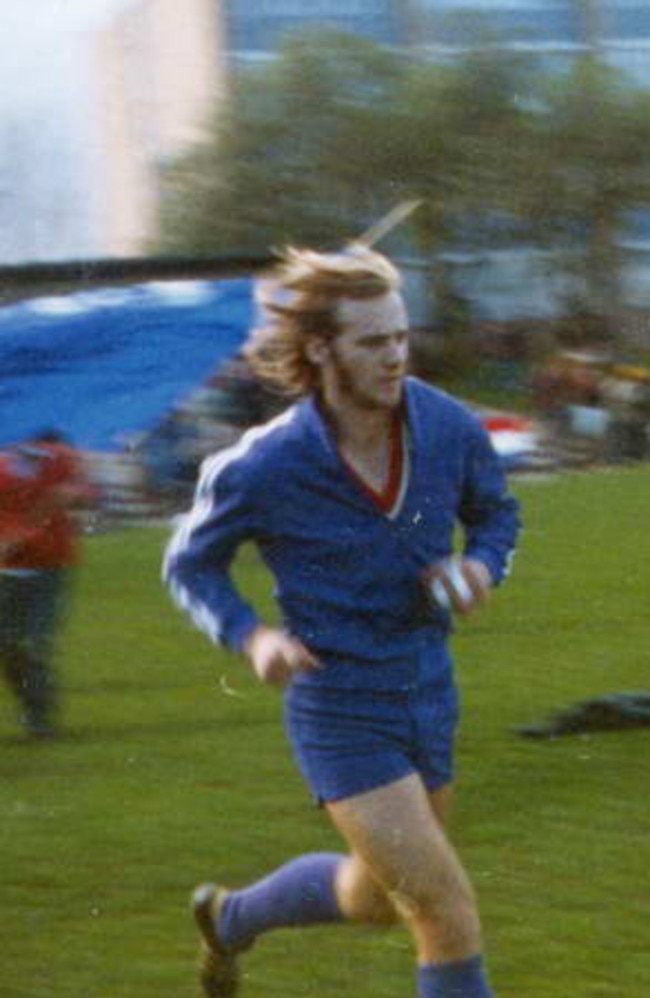
MORE LOCAL FOOTY:
HOW RADOJEVIC EARNED LASTING VFA FAME
BILLY SWAN RELIVED 1990 VFA GRAND FINAL THRILLER

